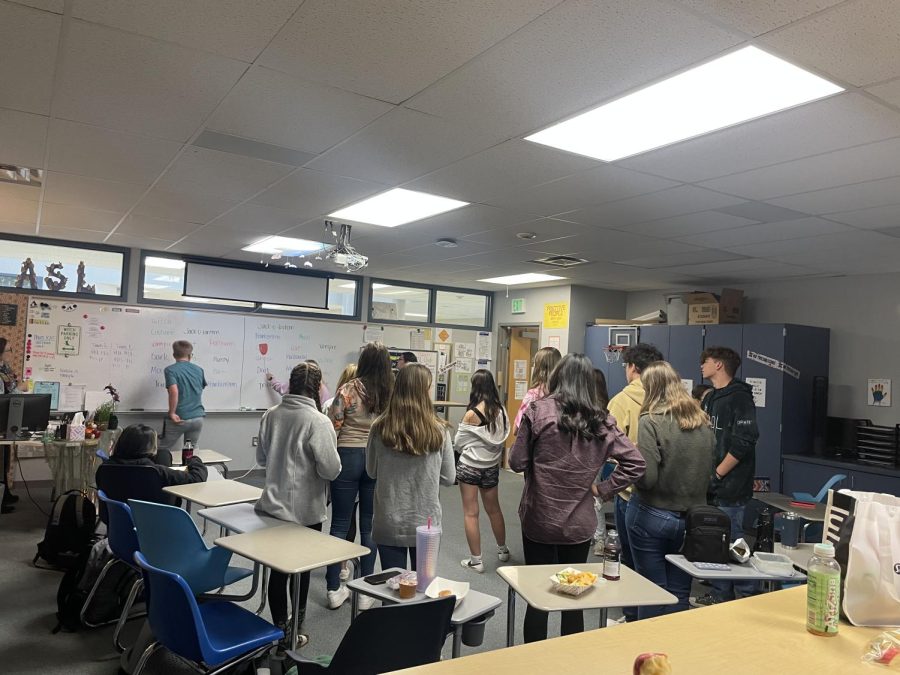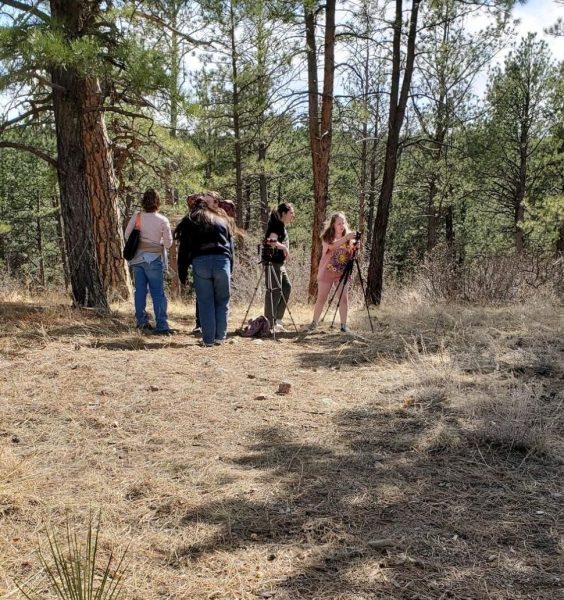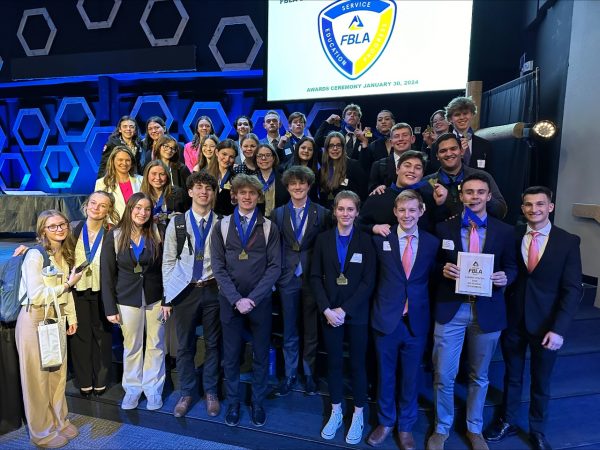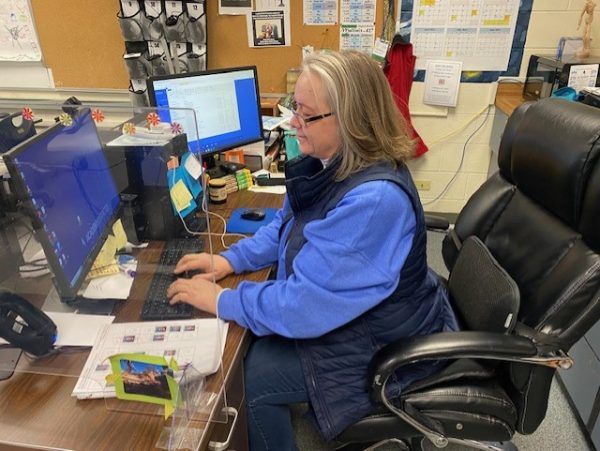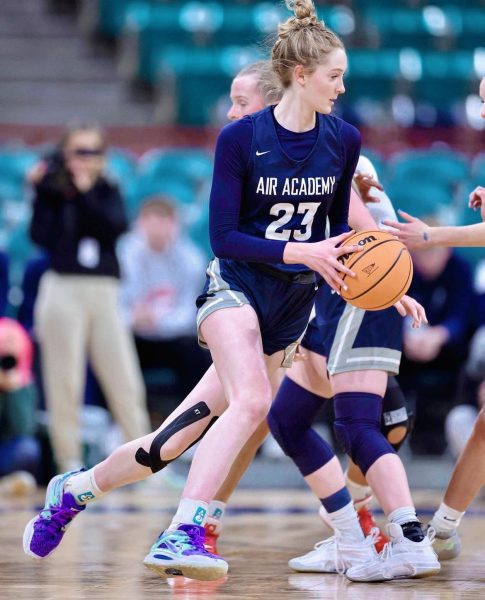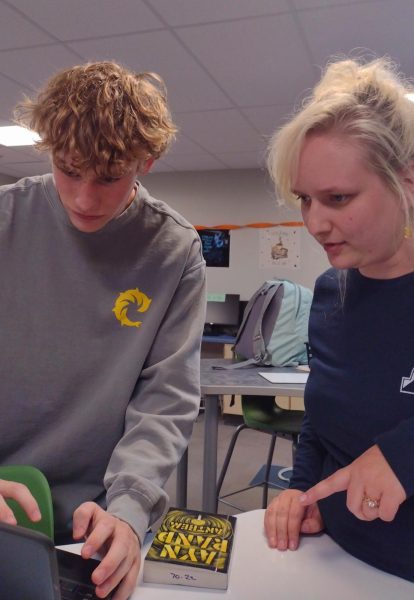A Beginners Guide to ASL
ASL (American Sign Language) is a unique language that people in the deaf community are very proud of. It is nonverbal and is expressed with both manual and non-manual features. Air Academy High School is fortunate enough to have two deaf teachers who truly enjoy teaching ASL and deaf culture. On top of that, there is also a club that students can join where they can learn more outside of the classroom.
AAHS’s ASL teachers show their students every day how fun and beneficial learning can be. Along with signing, students who take ASL are taught why it’s so important to understand deaf culture when signing.
“It’s being able to accept your heritage and where you came from,” sophomore Emma Fisher described.
ASL is different from learning other languages because it requires gestural movement, has no spoken language, and has its own grammar that is structured differently from English and other languages.
“It’s literally a hands-on experience, it’s interactive and expressive, and I think it’s such a beautiful language,” senior Ashton Fox mentioned.
The difference in grammar can be a little confusing to some people when they’re first starting out, but they catch on over time. For example, if someone were to say in English that they had basketball practice Friday night, in ASL someone would sign: FRIDAY NIGHT BASKETBALL PRACTICE I HAD.
“You can’t just put it into google translate or anything else, and you have to really pay attention,” sophomore Aaron Maline noted.
ASL grammar is structured by time, topic, and comment, whereas in English it is structured as subject and verb. Glossing is the way people can translate an English sentence or phrase into signs.
Along with impacting students’ lives in the classroom, ASL can impact your life outside of the classroom as well. Some people believe that learning ASL has helped them become more aware of their surroundings and has also helped them become more attentive.
“My brothers and I were taught ASL before we could talk,” Fox commented.
Learning ASL is also fun to learn for students who are willing to learn.
“I enjoy learning ASL because I know how much it can help me in the future,” Fisher said.
There are a lot of reasons why people want to learn ASL, one of them being it’s important to the learner and it has a valuable meaning to them.
“It’s a very beneficial language to have in your skill book, especially for me, because in the future I want to be a lawyer and an interpreter,” Fisher added.
Another reason why people want to learn ASL is that they enjoy learning a language that is less common to know.
“I enjoy learning ASL because it’s fun to learn, and I like playing the games,” Maline stated.
People in the deaf community appreciate the people who are open and willing to know more about their culture and why it is so important. Showing the deaf community how eager and willing students are to learn more about their past is very valuable as well.

Hi my name is Amiah Wilson-Damerell, I’m a Sophomore who plays basketball and is involved in Air Academy Theater. I am a big fan of the Golden State...



